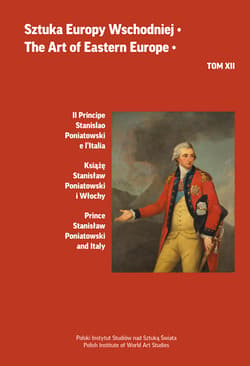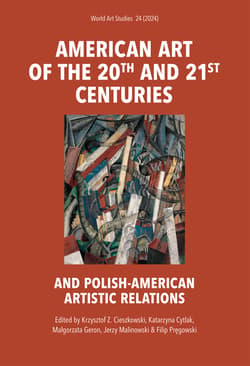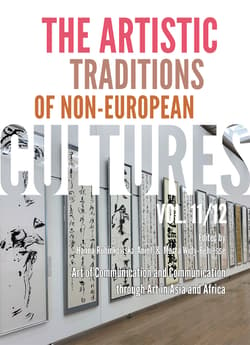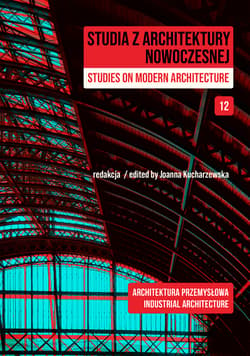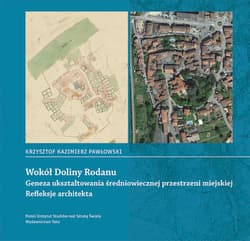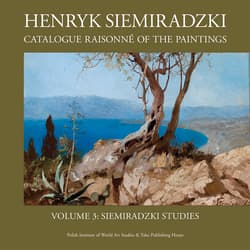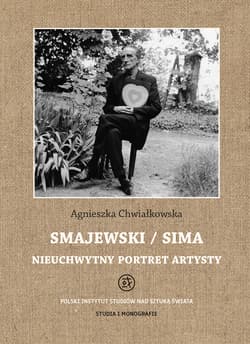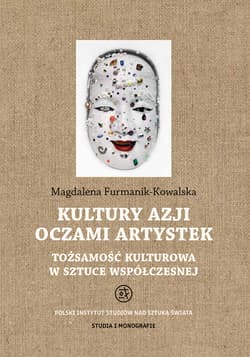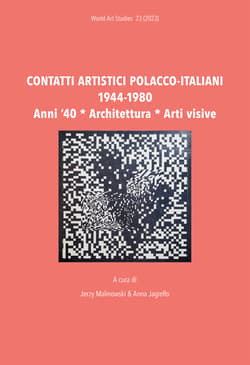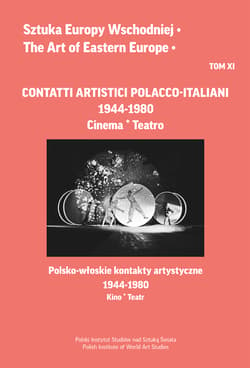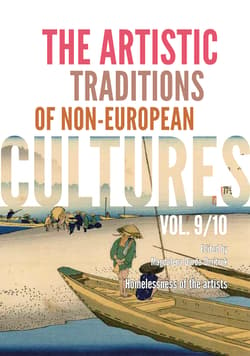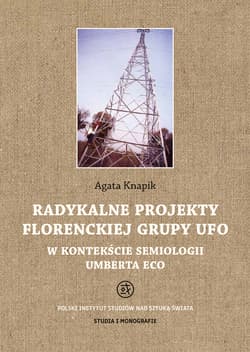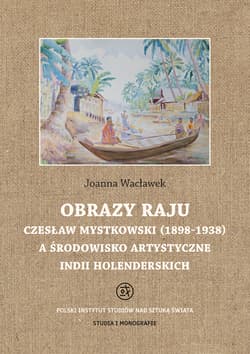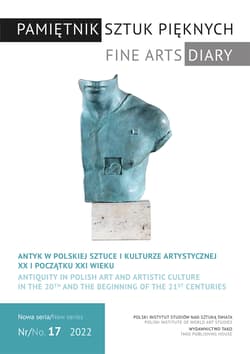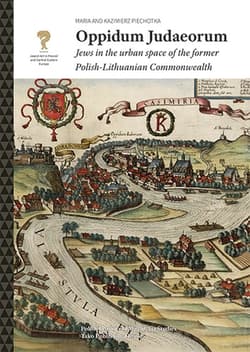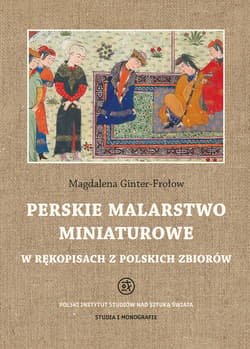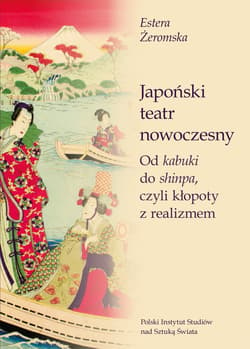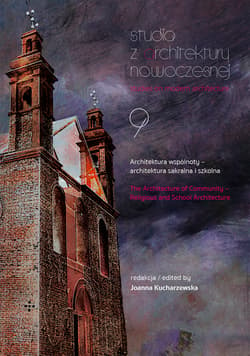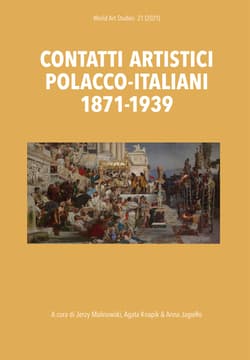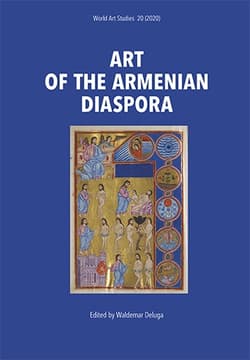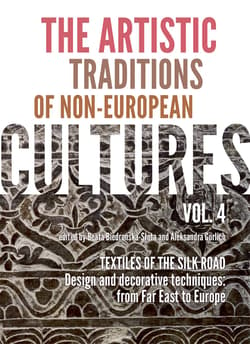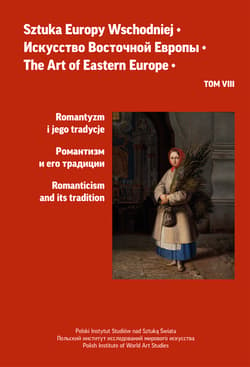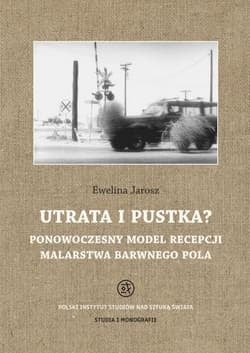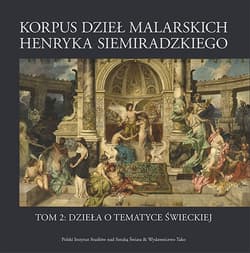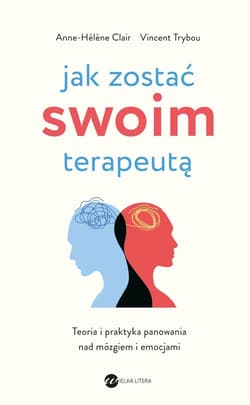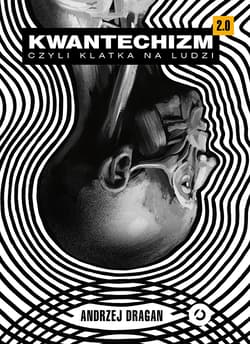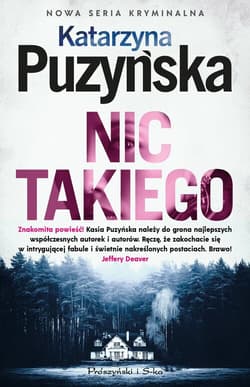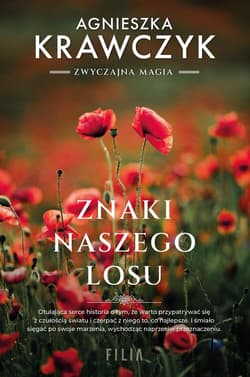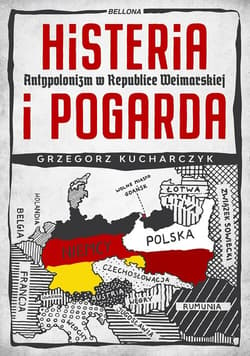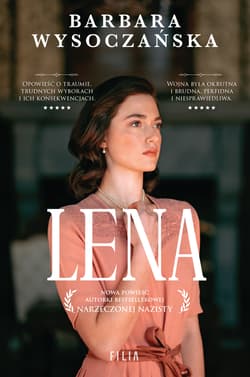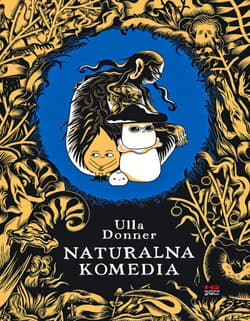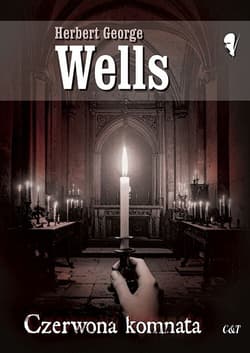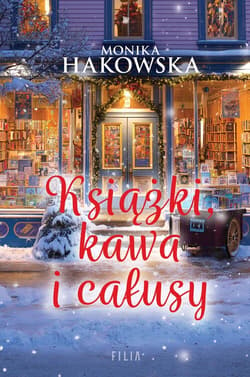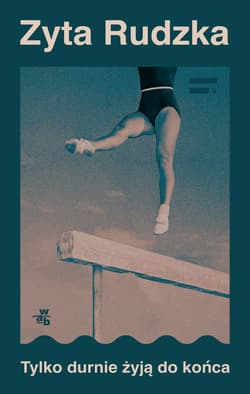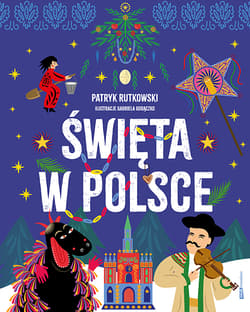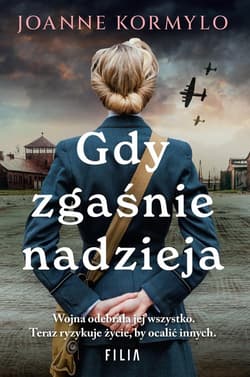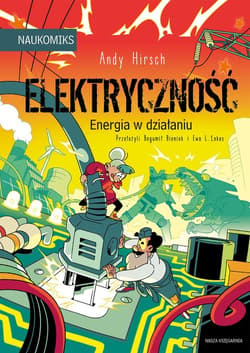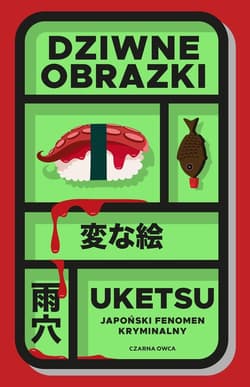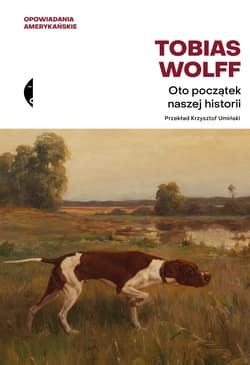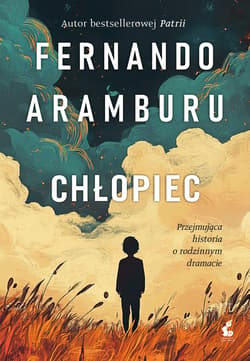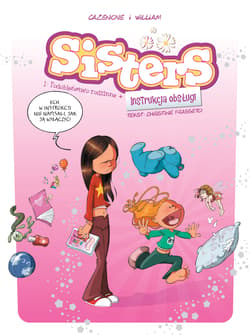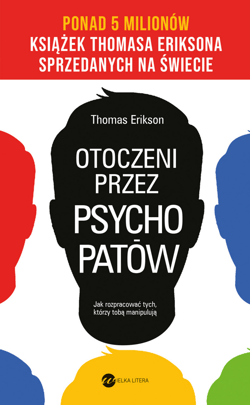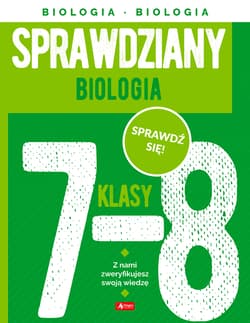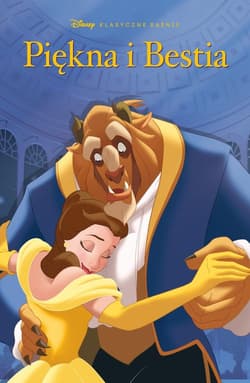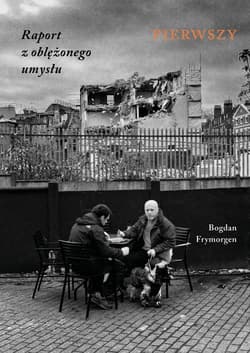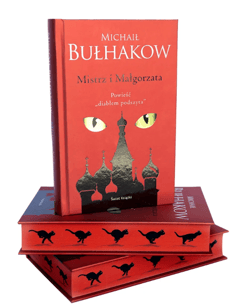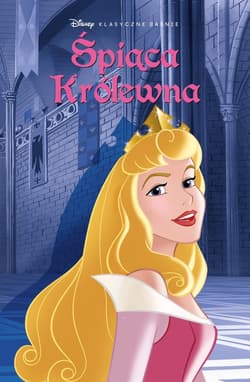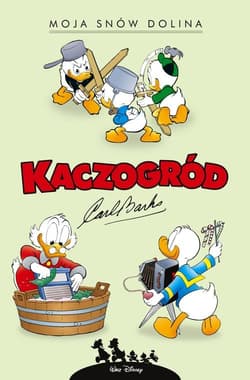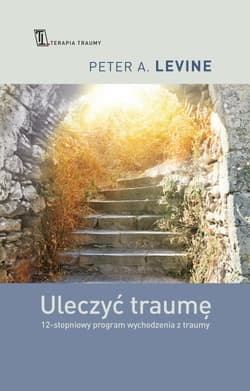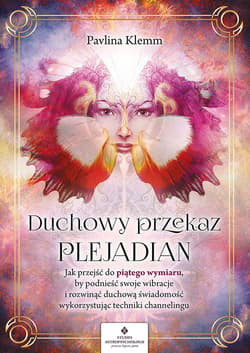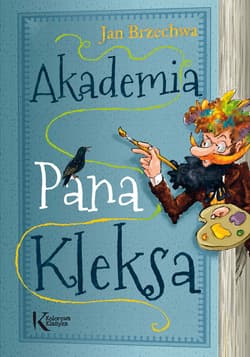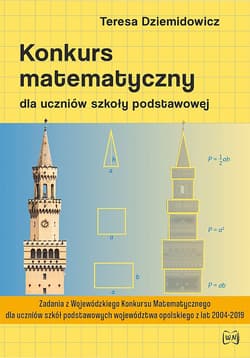Tako / Polski Instytut Studiów nad Sztuką Świata

Informacje o sortowaniu:
sortowanie wg Popularności:
Produkty są sortowane według popularności na podstawie kilku czynników: liczby zakupów, ilości i wartości wystawionych ocen, zainteresowania użytkowników mierzonych dodaniem produktu do koszyka lub ulubionych.
sortowanie wg Cena - od najniższej:
Produkty są sortowane po aktualnej cenie sprzedaży, od najniższej do najwyższej.
sortowanie wg Cena - od najwyższej:
Produkty są sortowane po aktualnej cenie sprzedaży, od najwyższej do najniższej.
sortowanie wg Od najnowszych:
Produkty są sortowane według daty premiery. Na początku wyświetlane są najnowsze tytuły, które dopiero trafiły do sprzedaży lub będą dostępne w najbliższym czasie
sortowanie wg Od najstarszych:
Produkty są sortowane według daty premiery. Na początku wyświetlane są najstarsze tytuły.
sortowanie wg Popularności:
Produkty są sortowane według popularności na podstawie kilku czynników: liczby zakupów, ilości i wartości wystawionych ocen, zainteresowania użytkowników mierzonych dodaniem produktu do koszyka lub ulubionych.
sortowanie wg Cena - od najniższej:
Produkty są sortowane po aktualnej cenie sprzedaży, od najniższej do najwyższej.
sortowanie wg Cena - od najwyższej:
Produkty są sortowane po aktualnej cenie sprzedaży, od najwyższej do najniższej.
sortowanie wg Od najnowszych:
Produkty są sortowane według daty premiery. Na początku wyświetlane są najnowsze tytuły, które dopiero trafiły do sprzedaży lub będą dostępne w najbliższym czasie
sortowanie wg Od najstarszych:
Produkty są sortowane według daty premiery. Na początku wyświetlane są najstarsze tytuły.
Po użyciu produkty będą automatycznie filtrowane. Wybierz filtry.
64,99 zł
Najniższa cena z 30 dni przed obniżką.
79,00 zł
- sugerowana cena detaliczna
Opracowanie Zbiorowe
Książka. Okładka twarda
56,93 zł
Najniższa cena z 30 dni przed obniżką.
69,00 zł
- sugerowana cena detaliczna
Opracowanie Zbiorowe
Książka. Okładka twarda
34,25 zł
Najniższa cena z 30 dni przed obniżką.
39,00 zł
- sugerowana cena detaliczna
Opracowanie Zbiorowe
Książka. Okładka broszurowa (miękka)
27,43 zł
Najniższa cena z 30 dni przed obniżką.
29,90 zł
- sugerowana cena detaliczna
Opracowanie Zbiorowe
Książka. Okładka broszurowa (miękka)
36,35 zł
Najniższa cena z 30 dni przed obniżką.
49,00 zł
- sugerowana cena detaliczna
Krzysztof Kazimierz Pawłowski
Książka. Okładka broszurowa (miękka)
81,68 zł
Najniższa cena z 30 dni przed obniżką.
99,00 zł
- sugerowana cena detaliczna
Opracowanie Zbiorowe
Książka. Okładka twarda
49,25 zł
Najniższa cena z 30 dni przed obniżką.
59,00 zł
- sugerowana cena detaliczna
Agnieszka Chwiałkowska
Książka. Okładka twarda
37,93 zł
Najniższa cena z 30 dni przed obniżką.
49,00 zł
- sugerowana cena detaliczna
Magdalena Furmanik-Kowalska
Książka. Okładka twarda
51,37 zł
Najniższa cena z 30 dni przed obniżką.
69,00 zł
- sugerowana cena detaliczna
Opracowanie Zbiorowe
Książka. Okładka twarda
44,65 zł
Najniższa cena z 30 dni przed obniżką.
69,00 zł
- sugerowana cena detaliczna
Opracowanie Zbiorowe
Książka. Okładka twarda
34,25 zł
Najniższa cena z 30 dni przed obniżką.
39,00 zł
- sugerowana cena detaliczna
Opracowanie Zbiorowe
Książka. Okładka broszurowa (miękka)
44,53 zł
Najniższa cena z 30 dni przed obniżką.
59,00 zł
- sugerowana cena detaliczna
Agata Knapik
Książka. Okładka twarda
44,53 zł
Najniższa cena z 30 dni przed obniżką.
59,00 zł
- sugerowana cena detaliczna
Joanna Wacławek
Książka. Okładka broszurowa (miękka)
37,93 zł
Najniższa cena z 30 dni przed obniżką.
49,00 zł
- sugerowana cena detaliczna
Opracowanie Zbiorowe
Książka. Okładka broszurowa (miękka)
106,43 zł
Najniższa cena z 30 dni przed obniżką.
129,00 zł
- sugerowana cena detaliczna
Maria Piechotka,
Kazimierz Piechotka
Książka. Okładka twarda
37,93 zł
Najniższa cena z 30 dni przed obniżką.
49,00 zł
- sugerowana cena detaliczna
Opracowanie Zbiorowe
Książka. Okładka broszurowa (miękka)
56,93 zł
Najniższa cena z 30 dni przed obniżką.
69,00 zł
- sugerowana cena detaliczna
Magdalena Ginter-Frołow
Książka. Okładka twarda
51,23 zł
Najniższa cena z 30 dni przed obniżką.
69,00 zł
- sugerowana cena detaliczna
Estera Żeromska
Książka. Okładka twarda
58,40 zł
Najniższa cena z 30 dni przed obniżką.
79,00 zł
- sugerowana cena detaliczna
Opracowanie Zbiorowe
Książka. Okładka twarda
34,25 zł
Najniższa cena z 30 dni przed obniżką.
39,00 zł
- sugerowana cena detaliczna
Opracowanie Zbiorowe
Książka. Okładka broszurowa (miękka)
27,43 zł
Najniższa cena z 30 dni przed obniżką.
29,90 zł
- sugerowana cena detaliczna
Opracowanie Zbiorowe
Książka. Okładka broszurowa (miękka)
51,37 zł
Najniższa cena z 30 dni przed obniżką.
69,00 zł
- sugerowana cena detaliczna
Opracowanie Zbiorowe
Książka. Okładka twarda
122,93 zł
Najniższa cena z 30 dni przed obniżką.
149,00 zł
- sugerowana cena detaliczna
Jerzy Malinowski
Książka. Okładka twarda
56,93 zł
Najniższa cena z 30 dni przed obniżką.
69,00 zł
- sugerowana cena detaliczna
Waldemar Deluga
Książka. Okładka twarda
34,25 zł
Najniższa cena z 30 dni przed obniżką.
39,00 zł
- sugerowana cena detaliczna
Opracowanie Zbiorowe
Książka. Okładka broszurowa (miękka)
26,75 zł
Najniższa cena z 30 dni przed obniżką.
29,00 zł
- sugerowana cena detaliczna
Opracowanie Zbiorowe
Książka. Okładka broszurowa (miękka)
64,99 zł
Najniższa cena z 30 dni przed obniżką.
79,00 zł
- sugerowana cena detaliczna
Opracowanie Zbiorowe
Książka. Okładka twarda
64,99 zł
Najniższa cena z 30 dni przed obniżką.
79,00 zł
- sugerowana cena detaliczna
Opracowanie Zbiorowe
Książka. Okładka broszurowa (miękka)
49,25 zł
Najniższa cena z 30 dni przed obniżką.
59,00 zł
- sugerowana cena detaliczna
Ewelina Jarosz
Książka. Okładka twarda
109,99 zł
Najniższa cena z 30 dni przed obniżką.
149,00 zł
- sugerowana cena detaliczna
Opracowanie Zbiorowe
Książka. Okładka twarda
109,99 zł
Najniższa cena z 30 dni przed obniżką.
149,00 zł
- sugerowana cena detaliczna
Opracowanie Zbiorowe
Książka. Okładka twarda
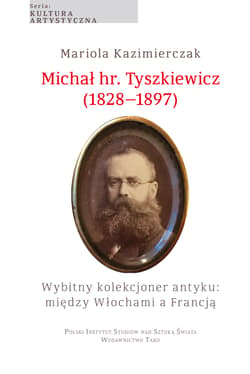
59,25 zł
Najniższa cena z 30 dni przed obniżką.
79,00 zł
- sugerowana cena detaliczna
Michał hr. Tyszkiewicz (1828–1897). Wybitny kolekcjoner antyku: między Włochami a Francją
Chwilowo niedostępny
Książka. Okładka twarda
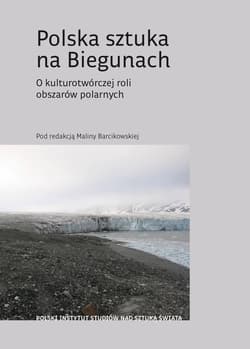
29,25 zł
Najniższa cena z 30 dni przed obniżką.
39,00 zł
- sugerowana cena detaliczna
Polska sztuka na Biegunach. O kulturotwórczej roli obszarów polarnych
Chwilowo niedostępny
Książka. Okładka broszurowa (miękka)
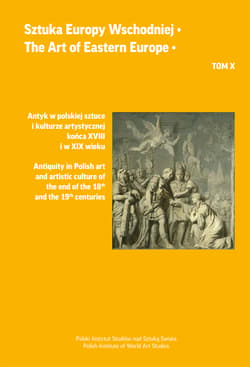
59,25 zł
Najniższa cena z 30 dni przed obniżką.
79,00 zł
- sugerowana cena detaliczna
Sztuka Europy Wschodniej. The Art of Eastern Europe. Tom 10
Chwilowo niedostępny
Książka. Okładka twarda
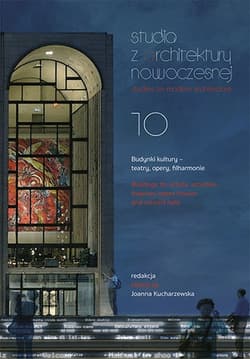
22,43 zł
Najniższa cena z 30 dni przed obniżką.
29,90 zł
- sugerowana cena detaliczna
Studia z Architektury Nowoczesnej. Budynki kultury - teatry, opery, filharmonie
Chwilowo niedostępny
Książka. Okładka broszurowa (miękka)

96,75 zł
Najniższa cena z 30 dni przed obniżką.
129,00 zł
- sugerowana cena detaliczna
Oppidum Judaeorum. Żydzi w przestrzeni miejskiej dawnej Rzeczypospolitej
Chwilowo niedostępny
Książka. Okładka twarda
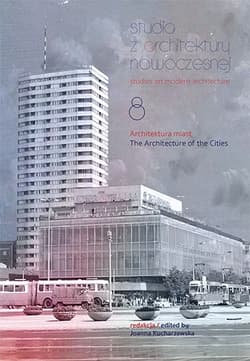
22,43 zł
Najniższa cena z 30 dni przed obniżką.
29,90 zł
- sugerowana cena detaliczna
Studia z Architektury Nowoczesnej. Architektura miast
Chwilowo niedostępny
Książka. Okładka broszurowa (miękka)

36,75 zł
Najniższa cena z 30 dni przed obniżką.
49,00 zł
- sugerowana cena detaliczna
Pamiętnik Sztuk Pięknych. Sztuka polska na ziemiach zachodnich i północnych od 1981 roku do współczesności
Chwilowo niedostępny
Książka. Okładka broszurowa (miękka)

36,75 zł
Najniższa cena z 30 dni przed obniżką.
49,00 zł
- sugerowana cena detaliczna
Pamiętnik Sztuk Pięknych. Emanacje. Profesorowi Jerzemu Malinowskiemu w 70. urodziny
Chwilowo niedostępny
Książka. Okładka broszurowa (miękka)

111,75 zł
Najniższa cena z 30 dni przed obniżką.
149,00 zł
- sugerowana cena detaliczna
Henryk Siemiradzki. Catalogue Raisonné of the Paintings. Tom 1
Chwilowo niedostępny
Książka. Okładka twarda
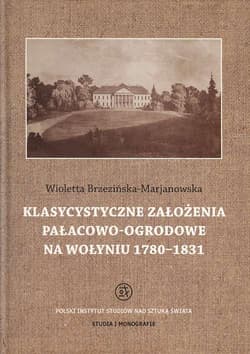
30,00 zł
Najniższa cena z 30 dni przed obniżką.
40,00 zł
- sugerowana cena detaliczna
Klasycystyczne założenia pałacowo-ogrodowe na Wołyniu 1780-1831
Chwilowo niedostępny
Książka. Okładka twarda
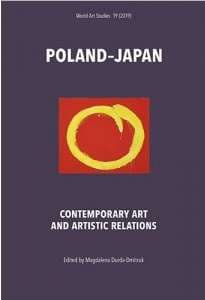
59,25 zł
Najniższa cena z 30 dni przed obniżką.
79,00 zł
- sugerowana cena detaliczna
Poland - Japan Contemporary Art and Artistic Relations
Chwilowo niedostępny
Książka. Okładka twarda
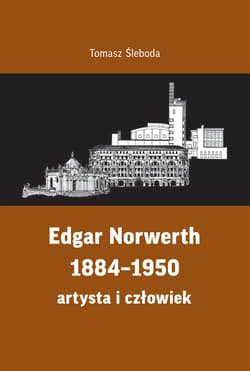
59,25 zł
Najniższa cena z 30 dni przed obniżką.
79,00 zł
- sugerowana cena detaliczna
Edgar Norwerth 1884-1950. Artysta i człowiek
Chwilowo niedostępny
Książka. Okładka twarda

30,99 zł
Najniższa cena z 30 dni przed obniżką.
39,00 zł
- sugerowana cena detaliczna
O Henryku Siemiradzkim
Chwilowo niedostępny
Książka
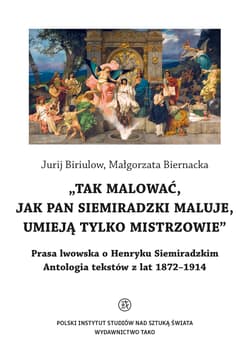
37,93 zł
Najniższa cena z 30 dni przed obniżką.
49,00 zł
- sugerowana cena detaliczna
O Henryku Siemiradzkim. Antologia tekstów
Chwilowo niedostępny
Książka
Bestsellery
33,99 zł
Najniższa cena z 30 dni przed obniżką.
49,99 zł
- sugerowana cena detaliczna
Sunim Haemin
8,2 (60)
Książka. Okładka broszurowa (miękka)
36,34 zł
Najniższa cena z 30 dni przed obniżką.
56,99 zł
- sugerowana cena detaliczna
Clair Anne-Helene,
Trybou Vincent
Książka. Okładka broszurowa (miękka)
54,39 zł
Najniższa cena z 30 dni przed obniżką.
79,99 zł
- sugerowana cena detaliczna
Andrzej Dragan
10,0 (1)
Książka. Okładka twarda
38,93 zł
Najniższa cena z 30 dni przed obniżką.
49,90 zł
- sugerowana cena detaliczna
Magdalena Witkiewicz
10,0 (2)
Książka. Okładka twarda
34,31 zł
Najniższa cena z 30 dni przed obniżką.
54,99 zł
- sugerowana cena detaliczna
Katarzyna Puzyńska
7,4 (166)
Książka. Okładka broszurowa ze skrzydełkami
31,94 zł
Najniższa cena z 30 dni przed obniżką.
49,99 zł
- sugerowana cena detaliczna
Agnieszka Krawczyk
7,3 (24)
Książka. Okładka broszurowa (miękka)
34,95 zł
Najniższa cena z 30 dni przed obniżką.
49,90 zł
- sugerowana cena detaliczna
Grzegorz Kucharczyk
10,0 (2)
Książka. Okładka broszurowa (miękka)
76,37 zł
Najniższa cena z 30 dni przed obniżką.
119,90 zł
- sugerowana cena detaliczna
Mariusz Wołos
8,3 (4)
Książka. Okładka twarda
32,99 zł
Najniższa cena z 30 dni przed obniżką.
52,99 zł
- sugerowana cena detaliczna
Barbara Wysoczańska
8,1 (165)
Książka. Okładka broszurowa (miękka)
52,94 zł
Najniższa cena z 30 dni przed obniżką.
79,91 zł
- sugerowana cena detaliczna
Ewa Woydyłło
7,9 (11)
Książka. Okładka twarda
48,47 zł
Najniższa cena z 30 dni przed obniżką.
79,90 zł
- sugerowana cena detaliczna
Ulla Donner
8,2 (6)
Książka. Okładka broszurowa (miękka)
30,99 zł
Najniższa cena z 30 dni przed obniżką.
49,99 zł
- sugerowana cena detaliczna
Adrian Bednarek
7,9 (75)
Książka. Okładka broszurowa ze skrzydełkami
25,37 zł
Najniższa cena z 30 dni przed obniżką.
29,00 zł
- sugerowana cena detaliczna
Herbert George Wells
Książka. Okładka broszurowa (miękka)
74,32 zł
Najniższa cena z 30 dni przed obniżką.
119,99 zł
- sugerowana cena detaliczna
Janusz Christa
8,3 (4)
Książka. Okładka twarda
31,94 zł
Najniższa cena z 30 dni przed obniżką.
49,99 zł
- sugerowana cena detaliczna
Max Czornyj
7,8 (205)
Książka. Okładka broszurowa (miękka)
29,99 zł
Najniższa cena z 30 dni przed obniżką.
49,99 zł
- sugerowana cena detaliczna
Monika Hakowska
7,3 (60)
Książka. Okładka broszurowa (miękka)
36,68 zł
Najniższa cena z 30 dni przed obniżką.
54,99 zł
- sugerowana cena detaliczna
Joanna Szulc
8,1 (121)
Książka. Okładka broszurowa ze skrzydełkami
41,95 zł
Najniższa cena z 30 dni przed obniżką.
54,99 zł
- sugerowana cena detaliczna
Zyta Rudzka
7,1 (166)
Książka. Okładka twarda
40,79 zł
Najniższa cena z 30 dni przed obniżką.
59,99 zł
- sugerowana cena detaliczna
Patryk Rutkowski,
Gabriela Gorączko
9,5 (43)
Książka. Okładka twarda
37,39 zł
Najniższa cena z 30 dni przed obniżką.
54,99 zł
- sugerowana cena detaliczna
Beatriz Serrano
7,3 (587)
Książka. Okładka broszurowa ze skrzydełkami
31,74 zł
Najniższa cena z 30 dni przed obniżką.
52,90 zł
- sugerowana cena detaliczna
Joanne Kormylo
8,2 (121)
Książka. Okładka broszurowa (miękka)
29,89 zł
Najniższa cena z 30 dni przed obniżką.
44,99 zł
- sugerowana cena detaliczna
Andy Hirsch
Książka. Okładka twarda
31,37 zł
Najniższa cena z 30 dni przed obniżką.
36,90 zł
- sugerowana cena detaliczna
Opracowanie Zbiorowe
Książka. Okładka zintegrowana
32,59 zł
Najniższa cena z 30 dni przed obniżką.
49,99 zł
- sugerowana cena detaliczna
Uketsu
7,5 (1220)
Książka. Okładka broszurowa ze skrzydełkami
39,99 zł
Najniższa cena z 30 dni przed obniżką.
66,90 zł
- sugerowana cena detaliczna
Tobias Wolff
Książka. Okładka twarda
29,94 zł
Najniższa cena z 30 dni przed obniżką.
49,90 zł
- sugerowana cena detaliczna
Fernando Aramburu
7,4 (65)
Książka. Okładka zintegrowana
54,39 zł
Najniższa cena z 30 dni przed obniżką.
79,99 zł
- sugerowana cena detaliczna
Zeinab Badawi
7,4 (59)
Książka. Okładka twarda
29,89 zł
Najniższa cena z 30 dni przed obniżką.
44,99 zł
- sugerowana cena detaliczna
Andy Hirsch
Książka. Okładka twarda
40,94 zł
Najniższa cena z 30 dni przed obniżką.
65,00 zł
- sugerowana cena detaliczna
Julia Cameron
Książka. Okładka broszurowa (miękka)
29,89 zł
Najniższa cena z 30 dni przed obniżką.
44,99 zł
- sugerowana cena detaliczna
Andy Hirsch
Książka. Okładka twarda
32,99 zł
Najniższa cena z 30 dni przed obniżką.
49,99 zł
- sugerowana cena detaliczna
Opracowanie Zbiorowe
8,7 (3)
Książka. Okładka broszurowa ze skrzydełkami
35,54 zł
Najniższa cena z 30 dni przed obniżką.
49,99 zł
- sugerowana cena detaliczna
Amir Levine,
Rachel Heller
Książka. Okładka broszurowa (miękka)
37,39 zł
Najniższa cena z 30 dni przed obniżką.
54,99 zł
- sugerowana cena detaliczna
Kelly Rimmer
7,9 (116)
Książka. Okładka broszurowa ze skrzydełkami
28,91 zł
Najniższa cena z 30 dni przed obniżką.
40,00 zł
- sugerowana cena detaliczna
Krzysztof Rusak
Książka. Okładka broszurowa (miękka)
29,83 zł
Najniższa cena z 30 dni przed obniżką.
44,99 zł
- sugerowana cena detaliczna
Danielle Collins
Książka
54,00 zł
Najniższa cena z 30 dni przed obniżką.
119,99 zł
- sugerowana cena detaliczna
Jon Peterson,
Kyle Newman,
Michael Witwer
Książka. Okładka twarda
58,30 zł
Najniższa cena z 30 dni przed obniżką.
81,00 zł
- sugerowana cena detaliczna
Simon Winchester
7,4 (11)
Książka. Okładka broszurowa ze skrzydełkami
36,73 zł
Najniższa cena z 30 dni przed obniżką.
59,99 zł
- sugerowana cena detaliczna
Thomas Erikson
Książka. Okładka broszurowa ze skrzydełkami
35,99 zł
Najniższa cena z 30 dni przed obniżką.
59,90 zł
- sugerowana cena detaliczna
Amanda Montell
Książka. Okładka twarda
38,94 zł
Najniższa cena z 30 dni przed obniżką.
64,90 zł
- sugerowana cena detaliczna
Kathleen Hale
Książka. Okładka twarda
19,99 zł
Najniższa cena z 30 dni przed obniżką.
29,95 zł
- sugerowana cena detaliczna
Jolanta Szewczyk
Książka. Okładka broszurowa (miękka)
70,90 zł
Najniższa cena z 30 dni przed obniżką.
95,90 zł
- sugerowana cena detaliczna
Jarosław Trybuś
7,3 (31)
Książka
42,99 zł
Najniższa cena z 30 dni przed obniżką.
59,99 zł
- sugerowana cena detaliczna
Thomas Erikson
6,0 (17)
Książka. Okładka broszurowa ze skrzydełkami
26,67 zł
Najniższa cena z 30 dni przed obniżką.
34,99 zł
- sugerowana cena detaliczna
Colleen Doran
8,0 (8)
Książka. Okładka broszurowa (miękka)
30,89 zł
Najniższa cena z 30 dni przed obniżką.
49,90 zł
- sugerowana cena detaliczna
Johnson Ben
Książka. Okładka broszurowa (miękka)
25,99 zł
Najniższa cena z 30 dni przed obniżką.
38,00 zł
- sugerowana cena detaliczna
Bogdan Frymorgen
7,5 (2)
Książka. Okładka broszurowa ze skrzydełkami
38,99 zł
Najniższa cena z 30 dni przed obniżką.
59,99 zł
- sugerowana cena detaliczna
Peter A. Levine
Książka. Okładka broszurowa ze skrzydełkami
55,99 zł
Najniższa cena z 30 dni przed obniżką.
79,91 zł
- sugerowana cena detaliczna
Michaił Bułhakow
Książka. Okładka twarda
75,60 zł
Najniższa cena z 30 dni przed obniżką.
126,00 zł
- sugerowana cena detaliczna
Daniel Odija,
Stefaniec Wojciech
7,8 (27)
Książka. Okładka twarda
23,57 zł
Najniższa cena z 30 dni przed obniżką.
29,99 zł
- sugerowana cena detaliczna
null
Książka. Okładka broszurowa (miękka)
46,51 zł
Najniższa cena z 30 dni przed obniżką.
59,90 zł
- sugerowana cena detaliczna
Adam Chałuda
7,4 (19)
Książka. Okładka broszurowa (miękka)
29,97 zł
Najniższa cena z 30 dni przed obniżką.
49,95 zł
- sugerowana cena detaliczna
Maciej Fink-Finowicki
8,3 (40)
Książka. Okładka twarda
66,88 zł
Najniższa cena z 30 dni przed obniżką.
89,99 zł
- sugerowana cena detaliczna
null
Książka. Okładka twarda
29,83 zł
Najniższa cena z 30 dni przed obniżką.
44,99 zł
- sugerowana cena detaliczna
Peter A. Levine
5,0 (1)
Książka. Okładka broszurowa (miękka)
29,42 zł
Najniższa cena z 30 dni przed obniżką.
44,40 zł
- sugerowana cena detaliczna
Pavlina Klemm
Książka. Okładka broszurowa (miękka)
27,99 zł
Najniższa cena z 30 dni przed obniżką.
30,90 zł
- sugerowana cena detaliczna
Janowicz Jerzy
Książka. Okładka broszurowa (miękka)
26,55 zł
Najniższa cena z 30 dni przed obniżką.
39,90 zł
- sugerowana cena detaliczna
Ewa Stusińska
6,6 (749)
Książka. Okładka twarda
27,61 zł
Najniższa cena z 30 dni przed obniżką.
37,00 zł
- sugerowana cena detaliczna
Jan Brzechwa
6,6 (18576)
Książka. Okładka twarda
18,89 zł
Najniższa cena z 30 dni przed obniżką.
22,50 zł
- sugerowana cena detaliczna
Teresa Dziemidowicz
Książka. Okładka broszurowa (miękka)
21,99 zł
Najniższa cena z 30 dni przed obniżką.
34,90 zł
- sugerowana cena detaliczna
Jan Brzechwa
6,8 (1441)
Książka. Okładka twarda

